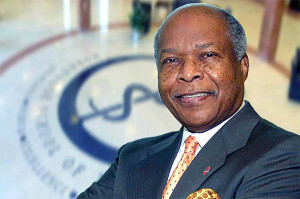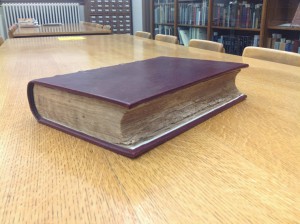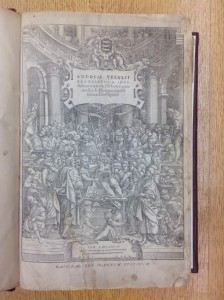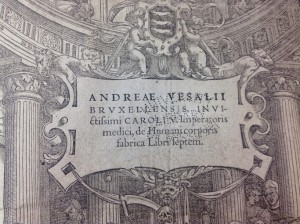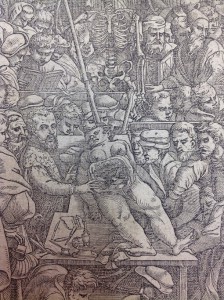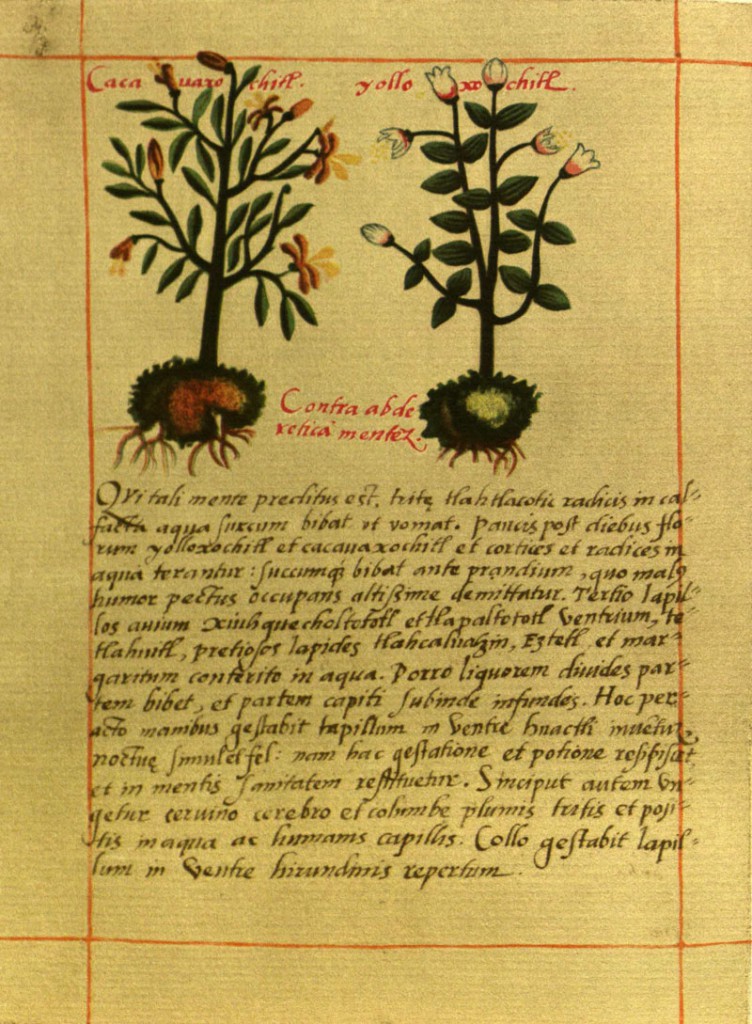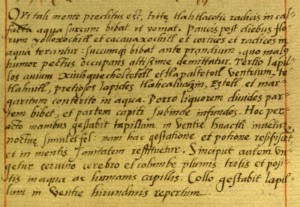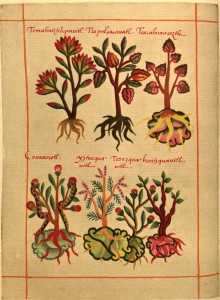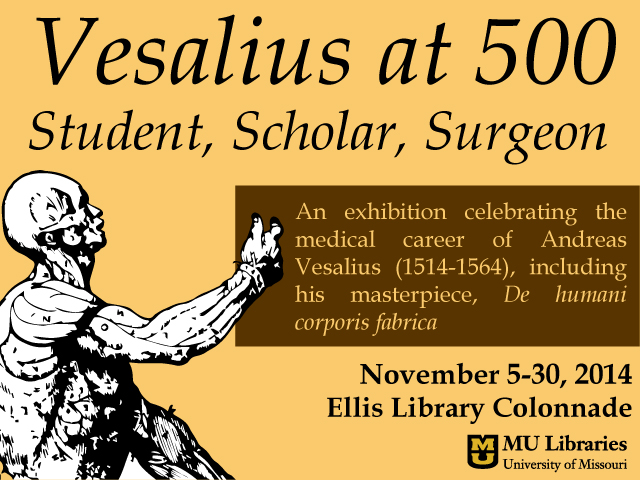You're Invited: Louis W. Sullivan, MD, US Secretary of Health and Human Services (1989–1993), will talk about his life story, and racial disparities and medical care on Tuesday, October 4, 2:00-3:00 pm (eastern time). Dr. Sullivan’s presentation will be live-streamed globally. It will also open be to the public at NIH, Building 10, in the Lipsett Auditorium.
A meet and greet with Dr. Sullivan, sponsored by the Foundation for Advanced Education in the Sciences, will follow the presentation.
Dr. Sullivan will share his life story, growing up in rural Georgia during the period of legally-sanctioned and enforced racial segregation, and the impact it had on him, his family, and on the black community. He was inspired to become a physician when, at age 5, he met the only black physician in Southwest Georgia.
After becoming a hematologist and professor of medicine at Boston University School of Medicine, he went on to found the Morehouse School of Medicine in Atlanta, followed by an appointment as US Secretary of Health and Human Services in the administration of George H.W. Bush.
Dr. Sullivan developed initiatives to increase racial, ethnic, and gender diversity in the US Department of Health and Human Services and in the nation’s health workforce.
Throughout his career, Sullivan has worked to improve the effectiveness of the US health system and the diversity of its workforce. The elimination of disparities in health care, which exist between whites and the nation’s underserved minorities, is an ongoing priority of Dr. Sullivan. He’ll discuss progress to date and remaining challenges.
History of Medicine Lecture Series
Dr. Sullivan’s presentation is part of NLM’s History of Medicine Lectures for 2016. The lecture series, sponsored by the NLM History of Medicine Division, promotes awareness and use of NLM and other historical collections for research, education, and public service in biomedicine, the social sciences, and the humanities. The series also supports the commitment of the NLM to recognizing and celebrating diversity.
All lectures are free and open to the public. They are also live-streamed globally, and subsequently archived, by NIH VideoCasting.
